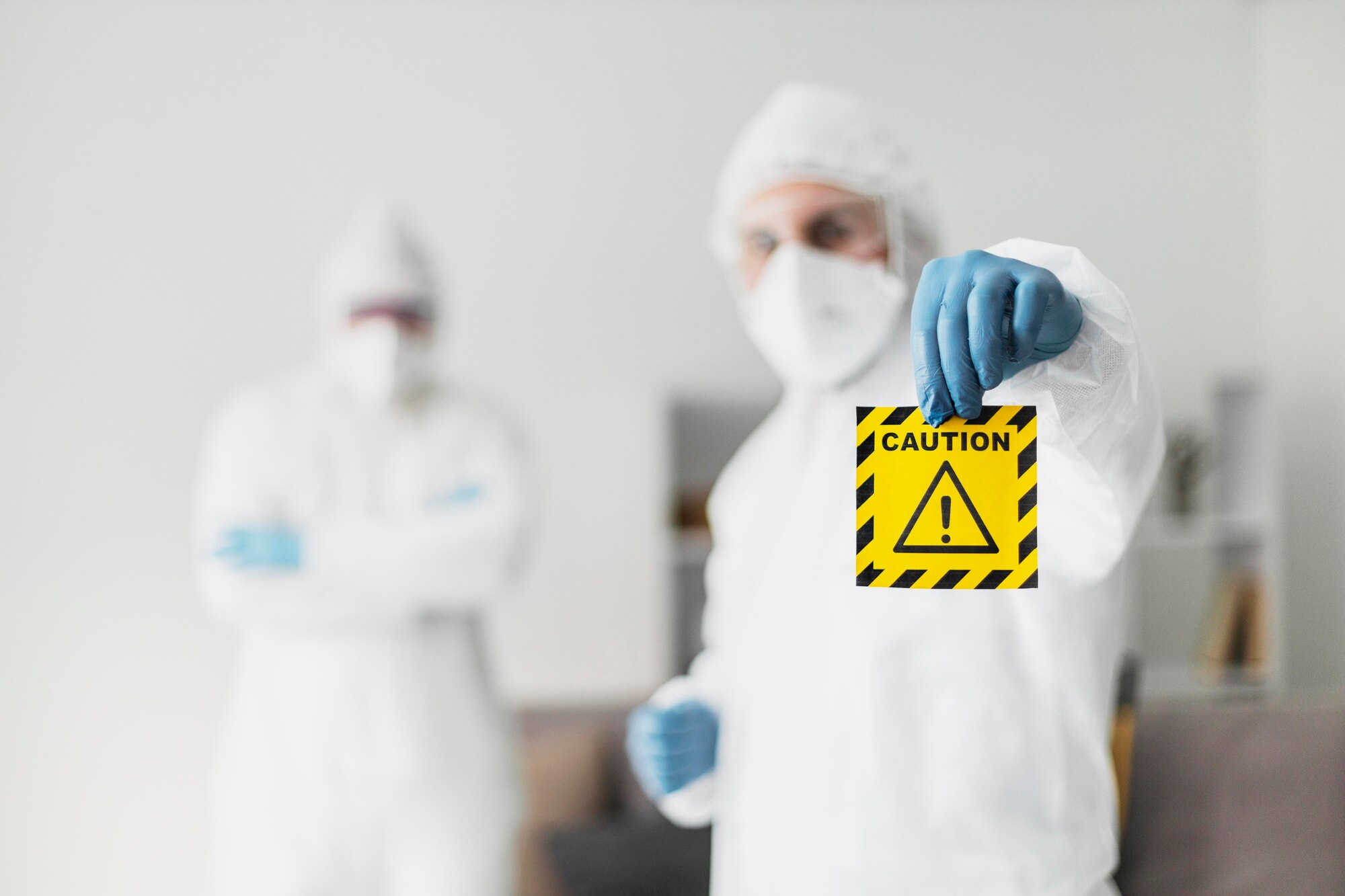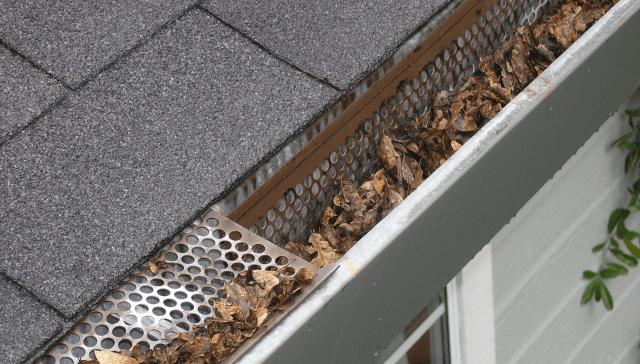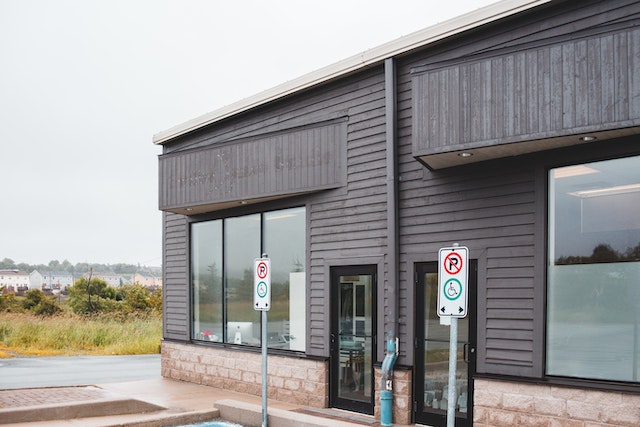Mold is a living organism that can grow indoors with excess moisture, especially in dark environments. Mold spores, including black mold spores, develop where there is moisture and spread by growing a thread-like structure called hyphae. As the infestation consumes more organic material, it expands and may become invisible, permeating the material it is attached to.
Health Risks of Mold Exposure
Mold can negatively affect the human body, especially after prolonged exposure. The most common effects of mold include allergic reactions, respiratory issues, and health concerns for those with weakened immune systems. This is why dealing with mold is essential as soon as you find it. The longer people are exposed to poor air quality from mold, the more likely they are to develop serious health issues.
Vulnerable Populations
Some populations are more vulnerable to mold risks than others. Elderly individuals, children, and people with compromised immune systems are more likely to experience allergic reactions or complications and are more susceptible to respiratory symptoms from a mold infestation.
Dangerous Mold Species
Most types of mold are dangerous if they are not removed and people are exposed to them for a long time. However, some are more likely to show up in your home and present health problems for you and your family, such as black mold. Here are a few of the many species often found in homes.
Stachybotrys Chartarum (Toxic Mold)
The most toxic mold on this list is Stachybotrys Chartarum, often called black mold. It emits an earthy, musty smell and grows in an irregular pattern. Black mold can be very toxic and may lead to severe health complications like headaches, migraines, cognitive impairment, fatigue, and respiratory problems. Neurological damage is sometimes associated with black mold.
Aspergillus
The Aspergillus species features hundreds of types of mold worldwide. This mold often appears powdery, and the color depends on the specific species. Aspergillus can cause allergic reactions in people with weakened immune systems or autoimmune diseases, causing fever, chills, trouble breathing, intense coughing, headaches, or skin lesions.
Penicillium
Penicillium is another species with hundreds of variations. Typically, these species appear blue, green, yellow, gray or pink. They are usually not black mold. Often, the initial coloring is white or green. Penicillium is known for triggering allergies and asthma attacks with its airborne spores.
Cladosporium
Cladosporium is brown, dark green, or black mold, making it difficult to differentiate from the more dangerous black mold. It has a velvety or powdery texture. After prolonged exposure, cladosporium mold can cause respiratory issues and skin irritation.
Alternaria
Alternaria types of mold often appear in fuzzy black, dark brown, or gray patches. It grows on damp surfaces like textiles, walls, ceilings, and carpets. If you inhale or touch these mold spores, you may experience a stuffy nose, eye irritation, coughing, scratchy throat, or exasperated asthma.
These allergenic molds may be mistaken for dust mites. They aren’t commonly found on wooden surfaces, and may be responsible for building related illnesses, such as lung disease. Invest in an indoor air purifier that filters mold spores to prevent these symptoms.
Identifying and Detecting Mold
Protecting your family from black mold and other molds requires early identification. Once you notice the signs of mold, you must act quickly to remove the root cause, clean the affected surfaces, and extract the airborne particulates. Here are some tips for identifying and detecting mold in your home, including pathogenic molds.
Visual Inspection
The fastest way to identify mold in your home is a visual inspection. In most cases, mold is discovered by seeing the discoloration on a wall, ceiling, or other surface. If you smell a musty odor in your home, this could also indicate the presence of mold.
Professional Mold Inspection
If you suspect mold is in your home, especially in hard-to-reach areas, you can schedule a professional mold inspection. Contractors know how to accurately assess the extent of the infestation and the species of mold you are dealing with. Then, they can help determine a solution for mold remediation.
Air Quality Testing
Another test you can do to identify mold is an air quality test. These instruments can help identify specific mold spores and determine the extent of the contamination. Air quality testing is essential because you want the air in your home to be safe for yourself, your family, and your friends to breathe.
Health Effects of Mold Exposure
Black mold and other species can cause a wide range of common symptoms. Some effects are minor, such as a runny nose, while some victims could suffer a severe illness. Allergic reactions may involve sneezing, coughing, watery eyes, itchy skin, or rashes.
Respiratory issues like asthma and bronchitis can be triggered or exasperated by mold. You could also experience headaches, fatigue, or cognitive impairment due to prolonged exposure. The longer you wait to implement mold removal, the more challenging disease control is.
Mold Remediation and Removal
If you find toxic black mold or another dangerous species in your home, you must take action to address the issue. Ignoring the problem could lead to a serious illness, such as various types of lung infections and asthma-like symptoms. Investing in professional mold remediation is the most effective solution for removing mold from your property.
The Remediation Process
Professional mold remediation involves several steps. First, the infestation will be inspected and tested to determine its species. Then, the contractors will contain the spread of mold, remove the colonies from all surfaces, clean the affected building materials, and restore damaged areas.
Preventing Mold Growth
Preventing future infestations is a key step in protecting homes from mold. This involves finding the root cause of the moisture in the house, such as water leaks, and eliminating that issue. These professional services may also improve the ventilation system in your home and repair all moisture damage. By addressing water damage concerns, the chances of future mold growth will be diminished.
Contact a Mold Remediation Company Now!
Whether you have spotted visible mold in your home or suspect your allergies are flaring up because of hidden mold, PacWest Restoration can help. Our team understands how different molds reproduce and affect a home’s air quality, so we can take steps to remediate the problem and protect your family.
If you find mold on your ceiling tiles, floor, HVAC systems, or paper products in the basement, call our team for a free assessment at 503-746-6545. You can also complete the online form.




